Winners and losers - Europe
The 2016 Formula 1 Grand Prix of Europe was full of surprises. Absent were the forecast multiple safety-car periods, but present was race-long unpredictability, as the teams’ varying strategies played out to produce a tense midfield finish to Azerbaijan’s inaugural F1 weekend. So who departed Baku with a smile on their face - and who left licking their wounds?
The winners…
Nico Rosberg
You underestimate Nico Rosberg at your peril. Just when it seems he’s been crushed by misfortune, he has a habit of bouncing back. And boy did he bounce back in Baku!
In Monaco his race was feeble. In Canada, unlucky but also slightly wanting. But after Hamilton dominated him on Friday, he took command here. Not for him mistakes, either with driving or set-up, and in the race he was simply perfect. And even when he had for a moment a similar ERS problem to Hamilton’s he was able to sort it quickly and keep on keeping on. You sensed throughout that when the Ferraris were catching him and he wasn’t in traffic, it was because he was letting them.
This was a very big win for him. It was a statement that he is going to remain a serious title threat. And in one afternoon he pulled back 15 of the 34 points he had lost to Hamilton in the previous two events. Hugely impressive.
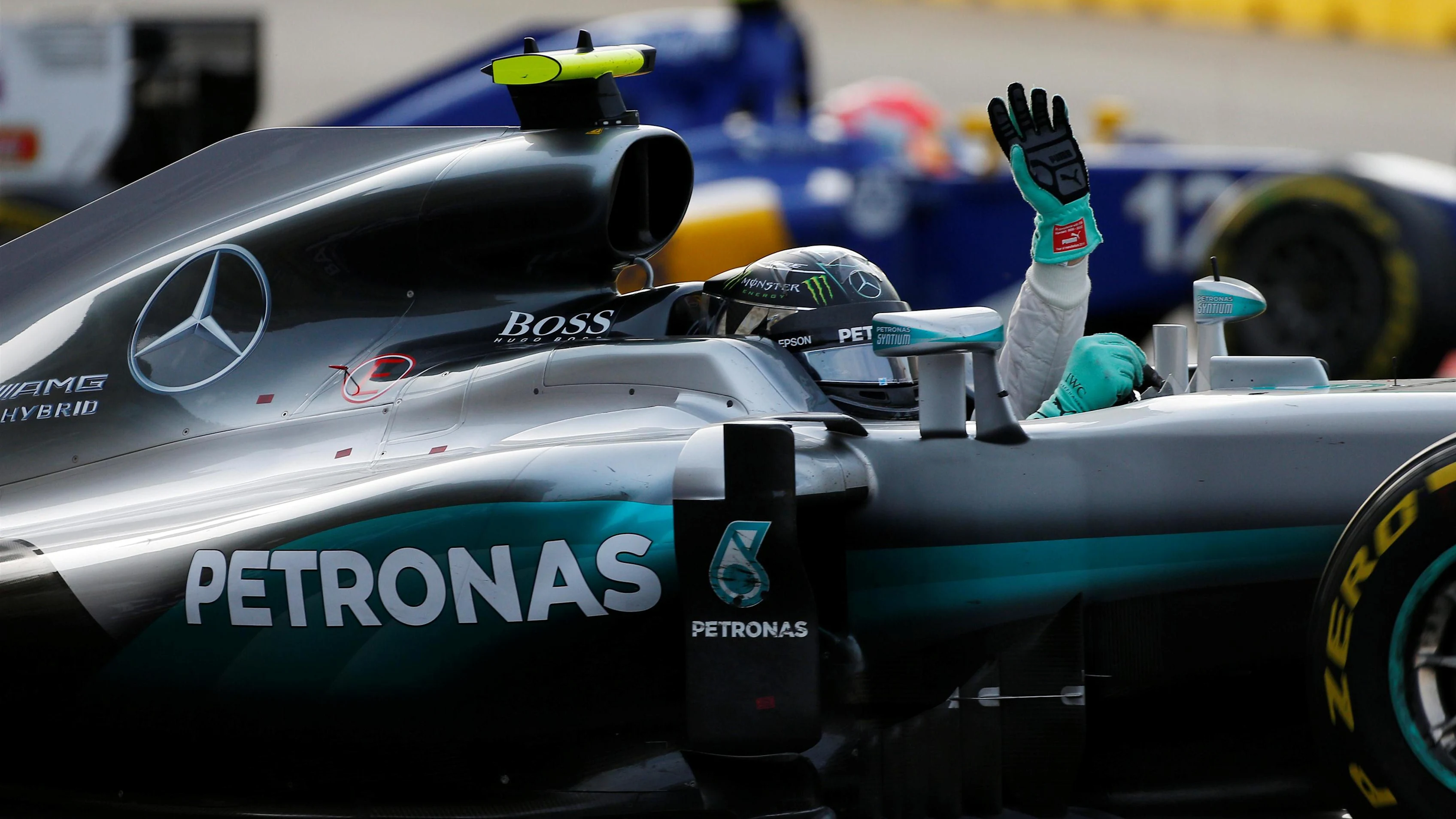
Force India
You could almost touch the disappointment in Force India when Sergio Perez’s excellent second-fastest qualifying time was negated by the five-place grid drop he received after his VJM09 needed a new gearbox following his big Turn 15 crash in FP3.
As it transpired, even had he started there he wouldn’t have had the pace to stay ahead of Vettel, and maybe not Raikkonen, in the race. But hope always springs eternal before the start, and for a while they looked a potential winner on a track where, everyone thought after watching the GP2 races, anything seemed possible.
But in the real world, a podium is a podium, and this one happened to be the small Silverstone team’s second one in three races. When you are a David among Goliaths, that’s as good as a win.
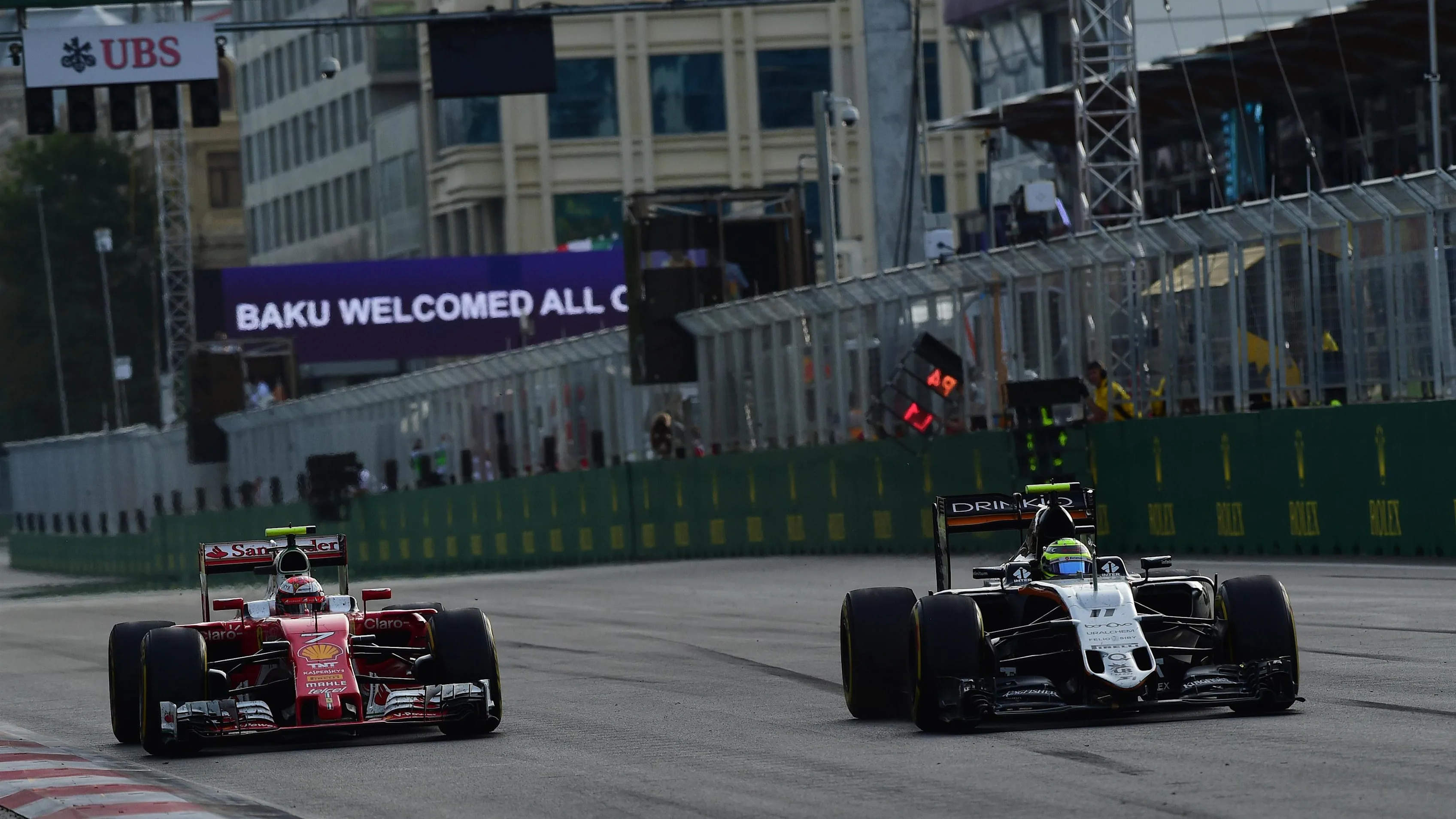
Sergio Perez
This is the man, remember, who so nearly won the 2012 Malaysian Grand Prix for Sauber. Who then drove for McLaren, and who was dropped after a season. A little bit hot-headed at times - enough to give Jenson Button cause for complaint when they were team mates - and generally regarded as somebody to be wary of. But that was then and third place in Baku was now. His trophy will go nicely with the one he took for the same position in Monaco.
To have qualified second, after crashing his Force India heavily in FP3, and then to have raced to third from seventh on the grid, was yet another reminder that this reformed character is still deserving of a seat in a top-line car.
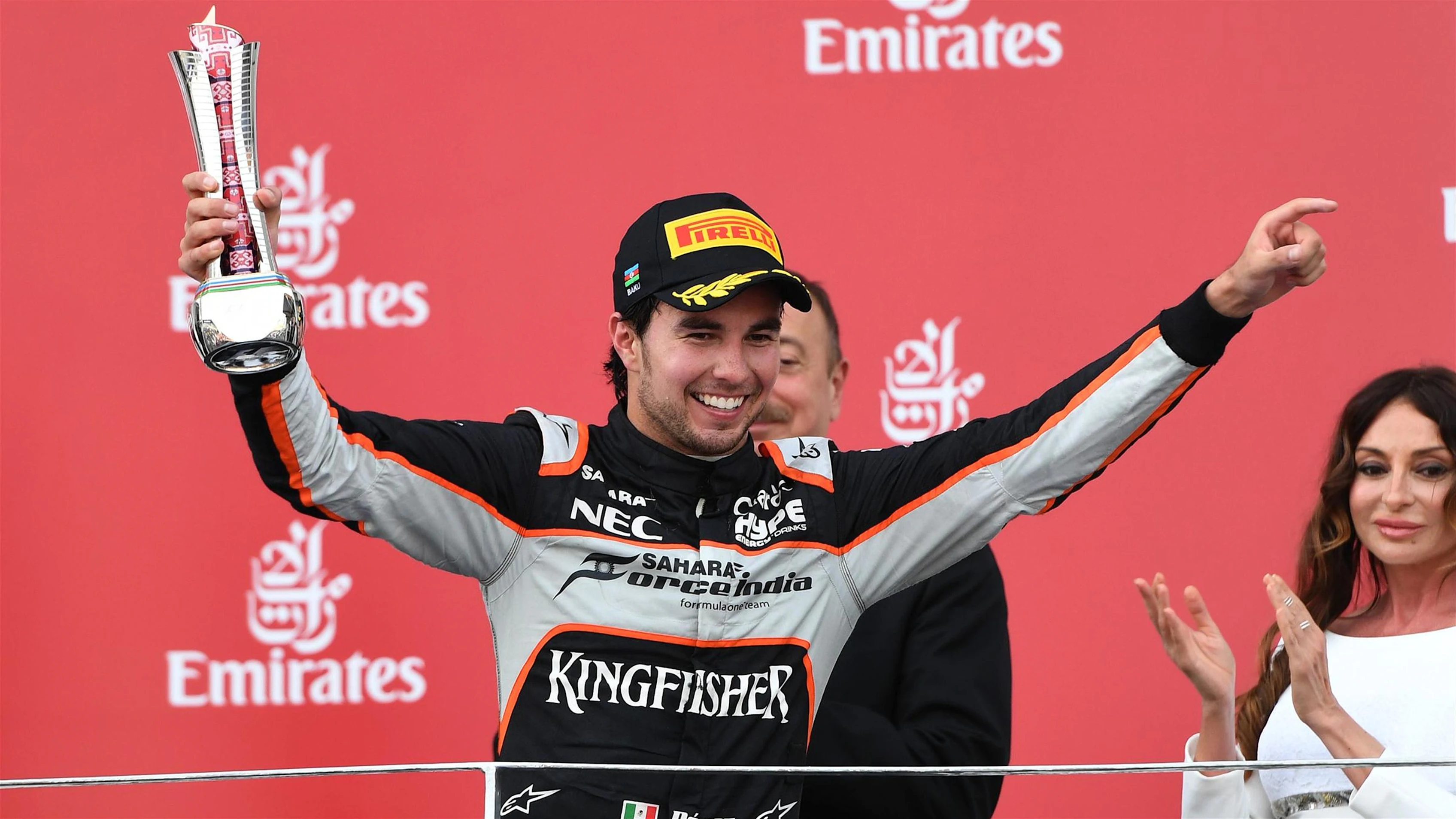
Baku
It may not have Formula One heritage, but the Azerbaijan capital put on a textbook display of how to stage a new Grand Prix, treating race fans and the F1 fraternity to the warmest of welcomes - and to a truly remarkable circuit.
We’ve seen plenty of street tracks in the past, but never one like this - one that combines the tightest of turns between historic city walls, with an epic, slipstreaming main straight where Lewis Hamilton clocked a staggering 364km/h.
And such was its challenge, that even the likes of Hamilton made serious errors. For the cynics who say modern F1 is too safe and lacks speed, just watch an onboard lap around the Baku City Circuit. It requires total precision, nerves of steel and supreme skill - a classic in the making.
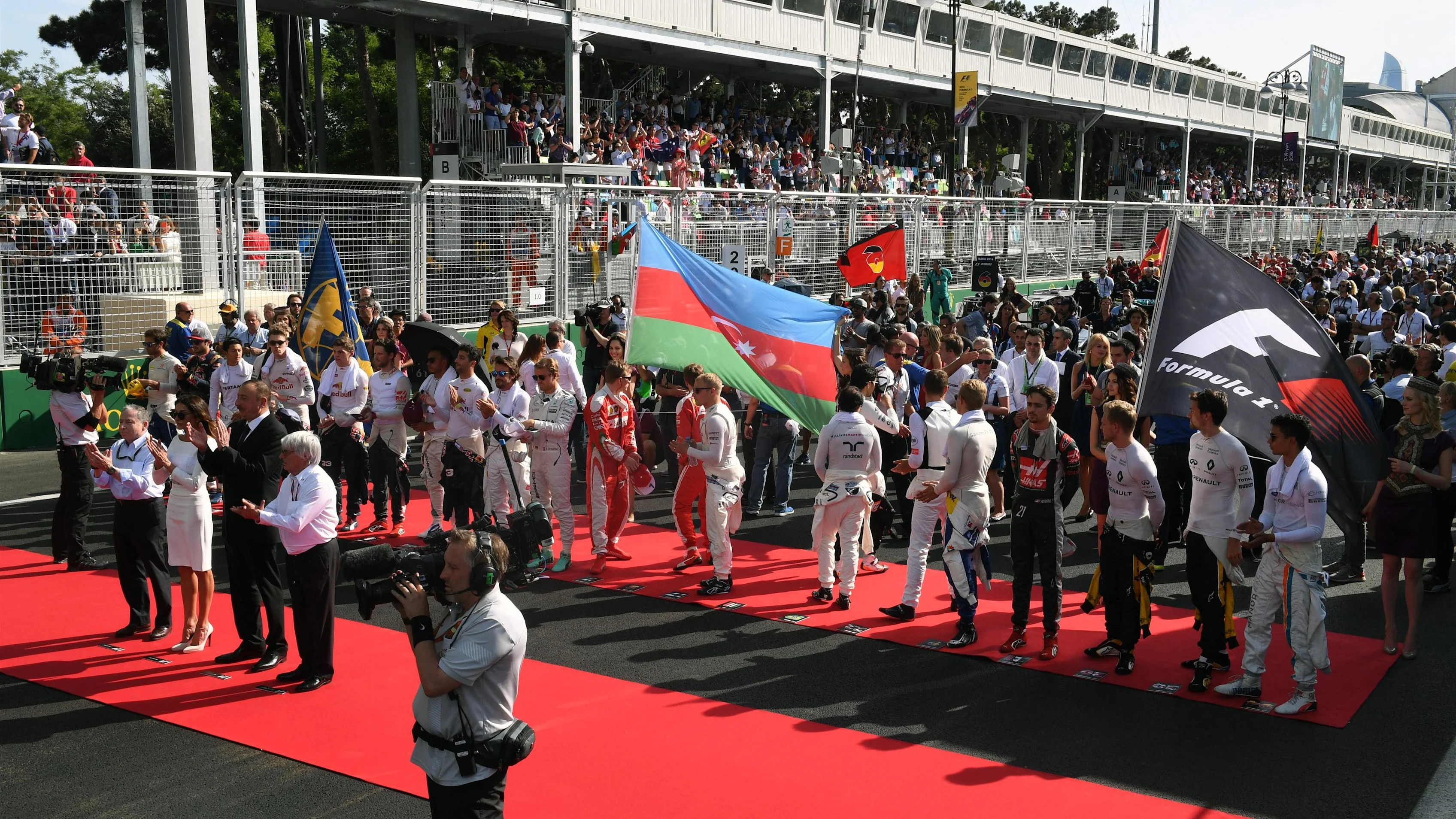
And the losers…
Ferrari
Second and fourth places would be a godsend to many teams, but not Ferrari, where victory has long been expected ad boss Sergio Marchionne is getting increasingly impatient. And especially not when there is a Mercedes so far up the road.
This was not a disastrous race for Ferrari, even allowing for Raikkonen’s rookie error of crossing the pit entry line (when not pitting). That earned him a five-second time penalty which would have dropped him from third to fourth place even had an ERS problem not assisted Sergio Perez in helping himself to the final podium slot on the final lap. But it wasn’t a win, and Mercedes seemed as far away as ever despite the big upgrade that came in Canada.
When you are Ferrari, anything other than first is a loss.
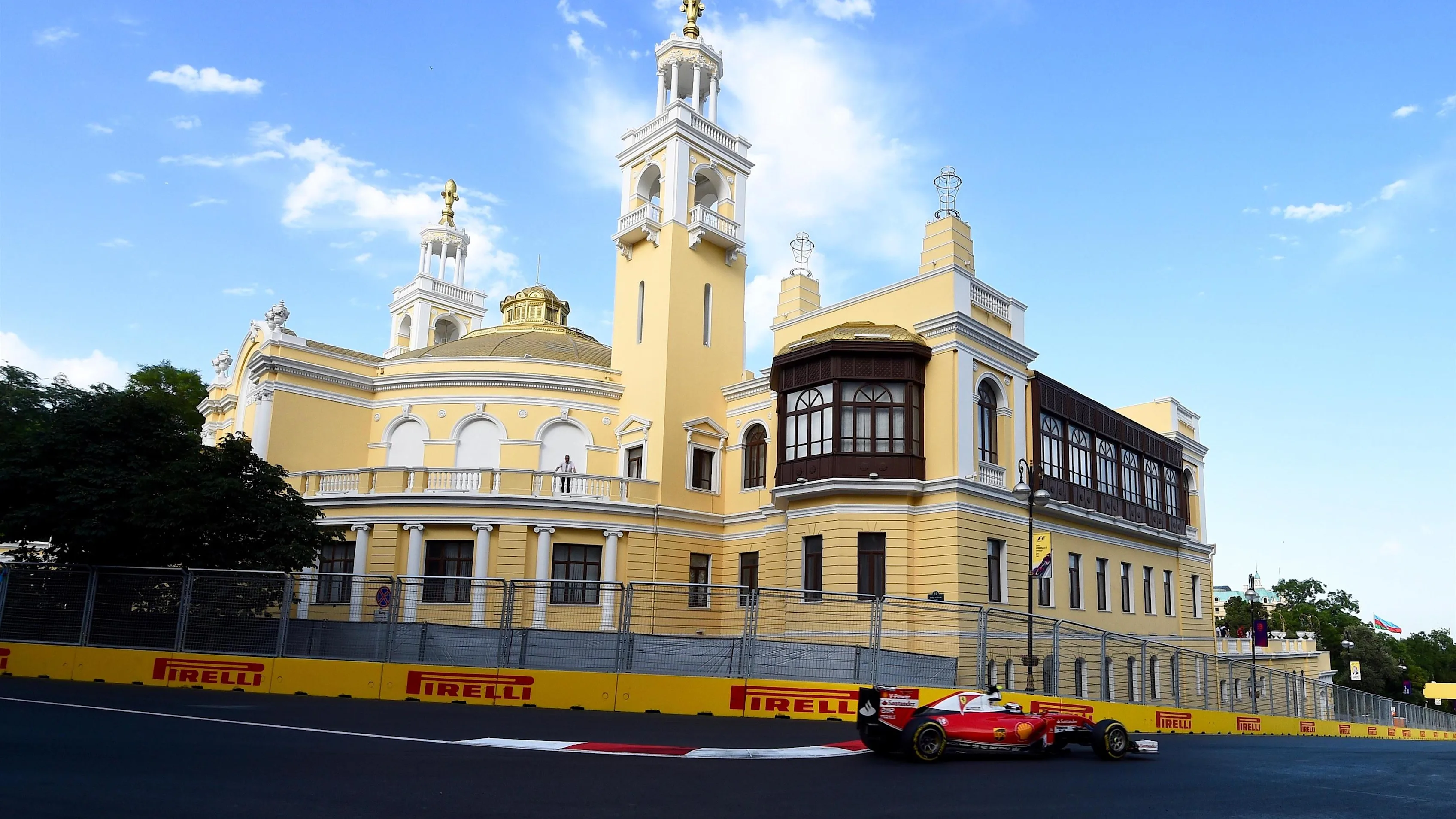
Red Bull
Seventh place for Daniel Ricciardo and eighth for Max Verstappen certainly wasn’t what Red Bull envisaged prior to the start, nor when Ricciardo was running second to Rosberg and keeping ahead of Vettel. He hadn’t managed to jump the Mercedes off the start line, as had been the big plan, but he was in a good position. But within a handful of laps Ricciardo felt the rear-end grip simply going away, and the need to pit to change from the supersoft tyres to softs as early as lap six doomed the team to a two-stop strategy instead of the single-stop they had planned and which they knew to be faster.
Both drivers pursued the new strategy, each taking the rare choice of mediums in their second stops, Ricciardo on lap 22, Verstappen on 20, and that worked. Indeed, the Dutchman set the third-fastest lap on them. But by then any hope of a podium had evaporated.
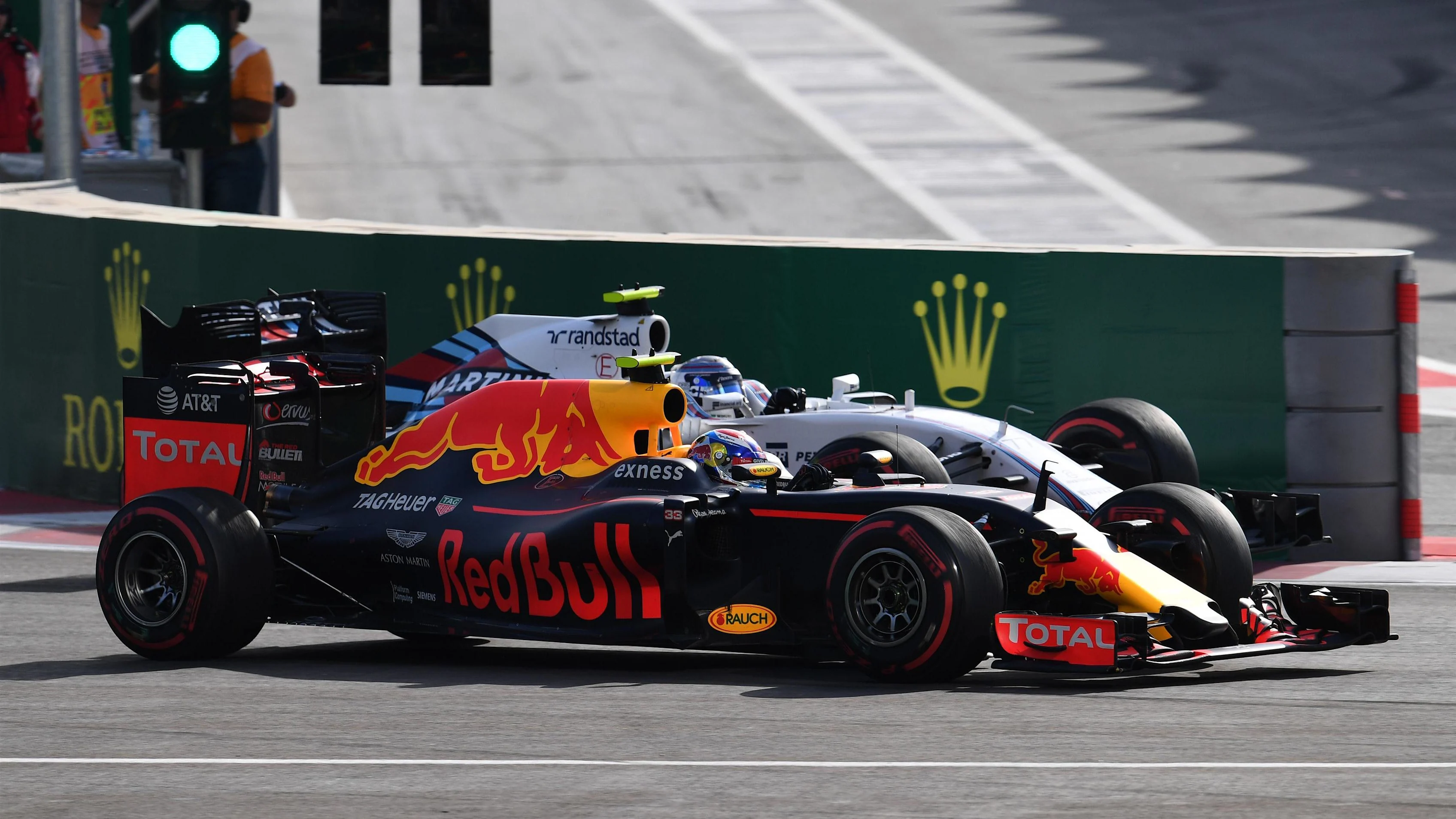
Lewis Hamilton
Who would ever have believed on Friday, when he owned Baku City Circuit, or even Saturday morning, that Lewis Hamilton would go home with only fifth place in his pocket, 56.3s behind his race-dominating team mate?
But set-up changes which didn’t work, allied to a dash of what seemed perilously like over-driving but which might just have been the brio a star needs to overcome shortcomings, saw him dancing on the edge on Saturday afternoon and ultimately making uncharacteristic mistakes which cost him dearly as he qualified only 10th.
Still, in a car so wonderfully suited to the rigours of this remarkable track, good things should have been possible on Sunday afternoon. But his F1 W07 Hybrid began the race in the wrong mode, and as that impinged increasingly on its performance, his frustration mounted as radio restrictions meant he was unable to obtain sufficient guidance from his engineer as to how to fix the problem.
Rosberg had something similar, but it occurred as soon as he had switched to the mode; for him it was simplicity itself to switch straight back to the previous setting. But Hamilton had been wrestling with the problem so long that he had no idea which of the myriad permutations to reselect. A Mercedes insider likened it to one driver having clues with which to solve the crossword, and the other having none. Eventually, Hamilton, says, the problem solved itself. But by then he was stranded in fifth, and after setting what was at the time the race’s fastest lap (later beaten by Rosberg), he settled in and saved his engine, knowing he had run out of time to move forward.
Having got the deficit to Rosberg down to just nine points from 43 after two fine wins, he left Baku 24 points adrift.
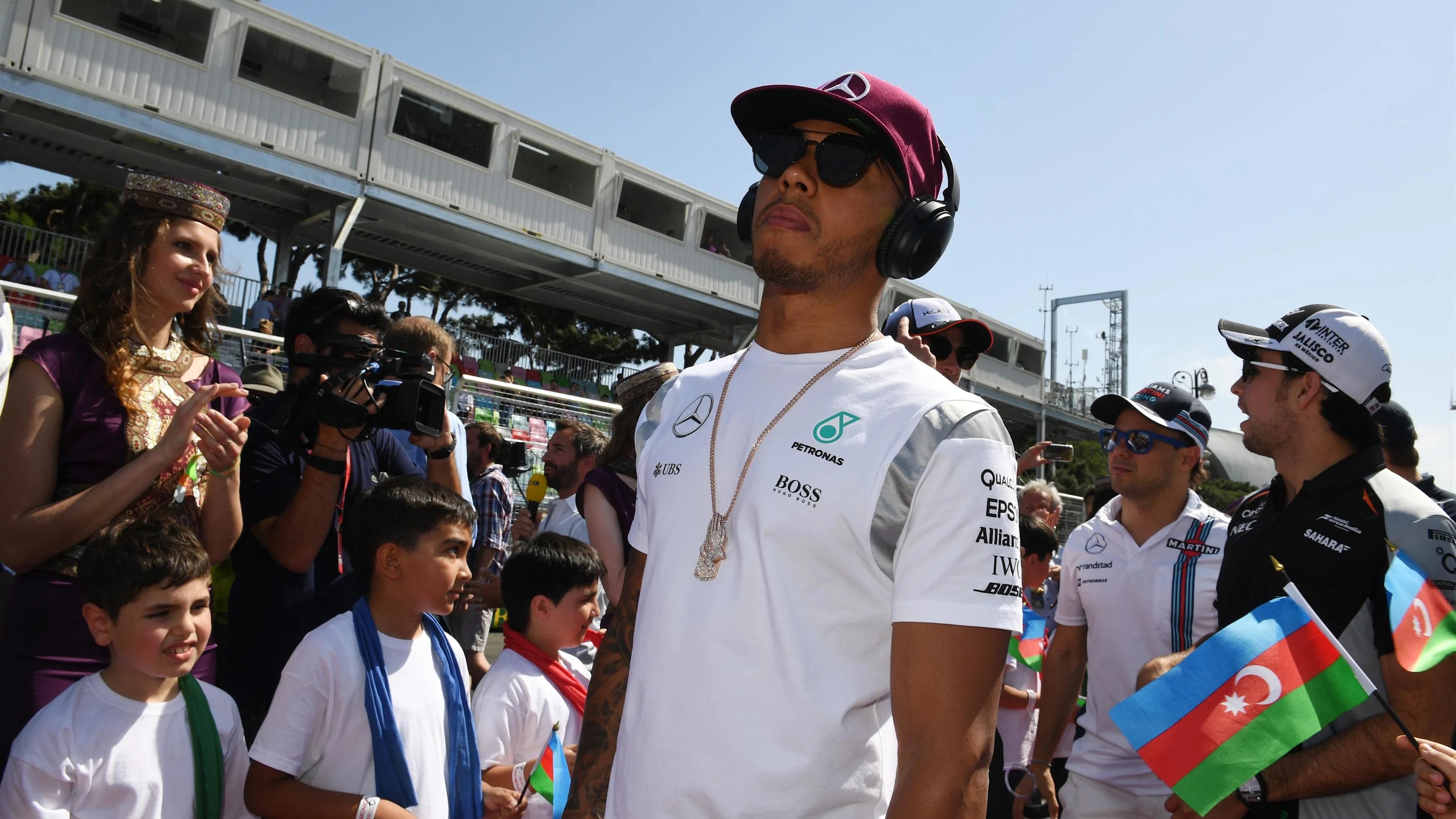
Williams
With fifth and eighth places on the grid and decent straight-line speed, Williams entertained high hopes at the start. For sure, Valtteri Bottas’s single-stop strategy worked out well, despite an initial degree of rear-tyre graining, but after that cleared up the FW38 just lacked pace and the Finn said sixth was the best that he could have hoped for. Massa struggled horribly with graining on the rears, so much so that he had to be switched to a two-stopper. Even with a fresh set of soft Pirellis on the 28th lap, he struggled so badly in the closing stages that he was powerless to defend against the rise of Ricciardo and Verstappen, and fell back to 10th.
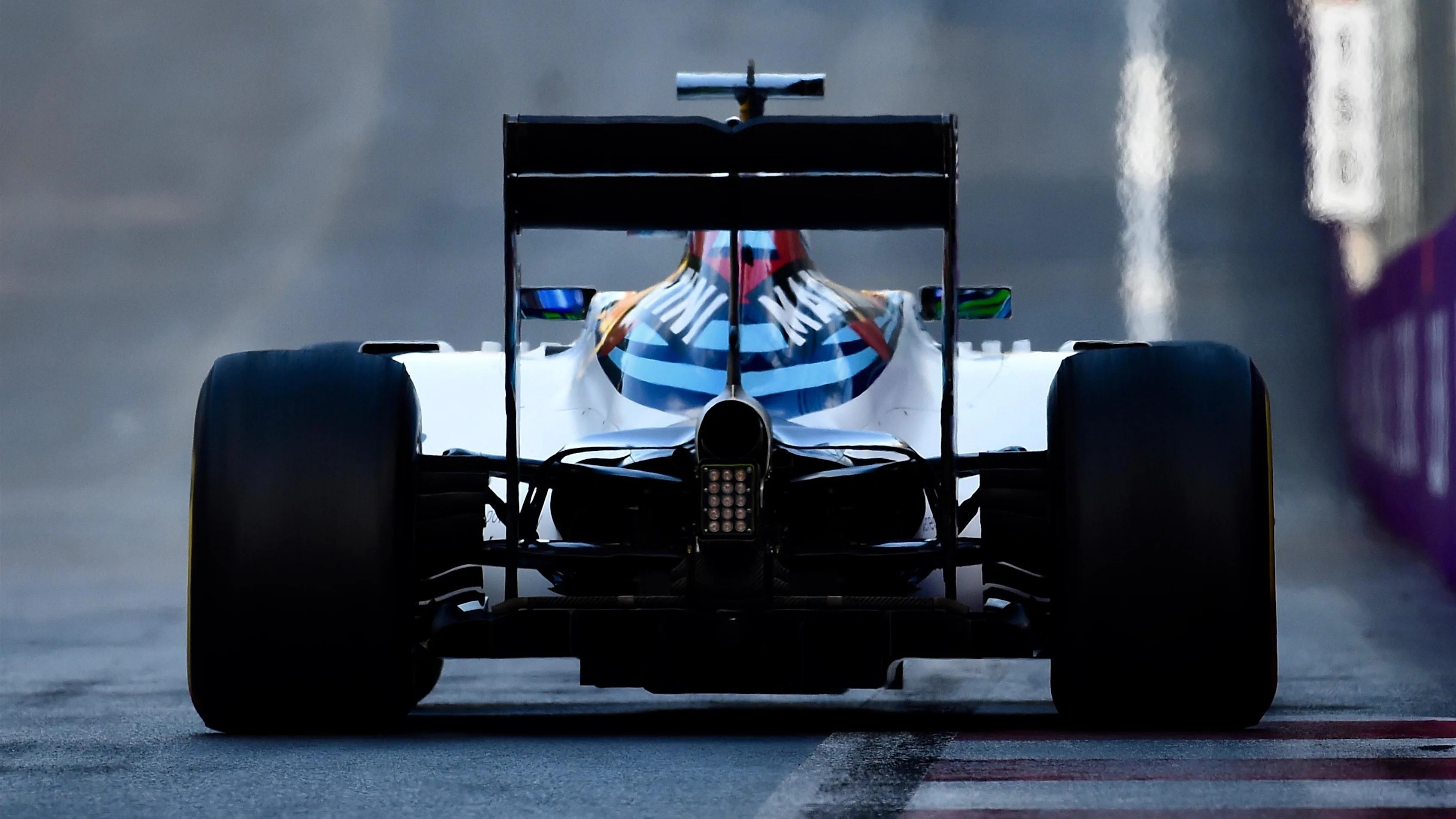
Toro Rosso
When Carlos Sainz got a late five-place grid drop when he needed a new gearbox on his STR11, Toro Rosso at least had Daniil Kvyat in sixth place on the grid, boosted a position after Sergio Perez’s similar drop from second.
But within six laps the luckless Kvyat was on the side lines. Sainz, meanwhile, got the chance to shine that Kvyat so sorely needs since his demotion from Red Bull, and had climbed from 18th to eighth by lap 24 before his car suffered the same fate. It seems that the dampers had seized on both of them, impeding normal movement of the rear suspension.
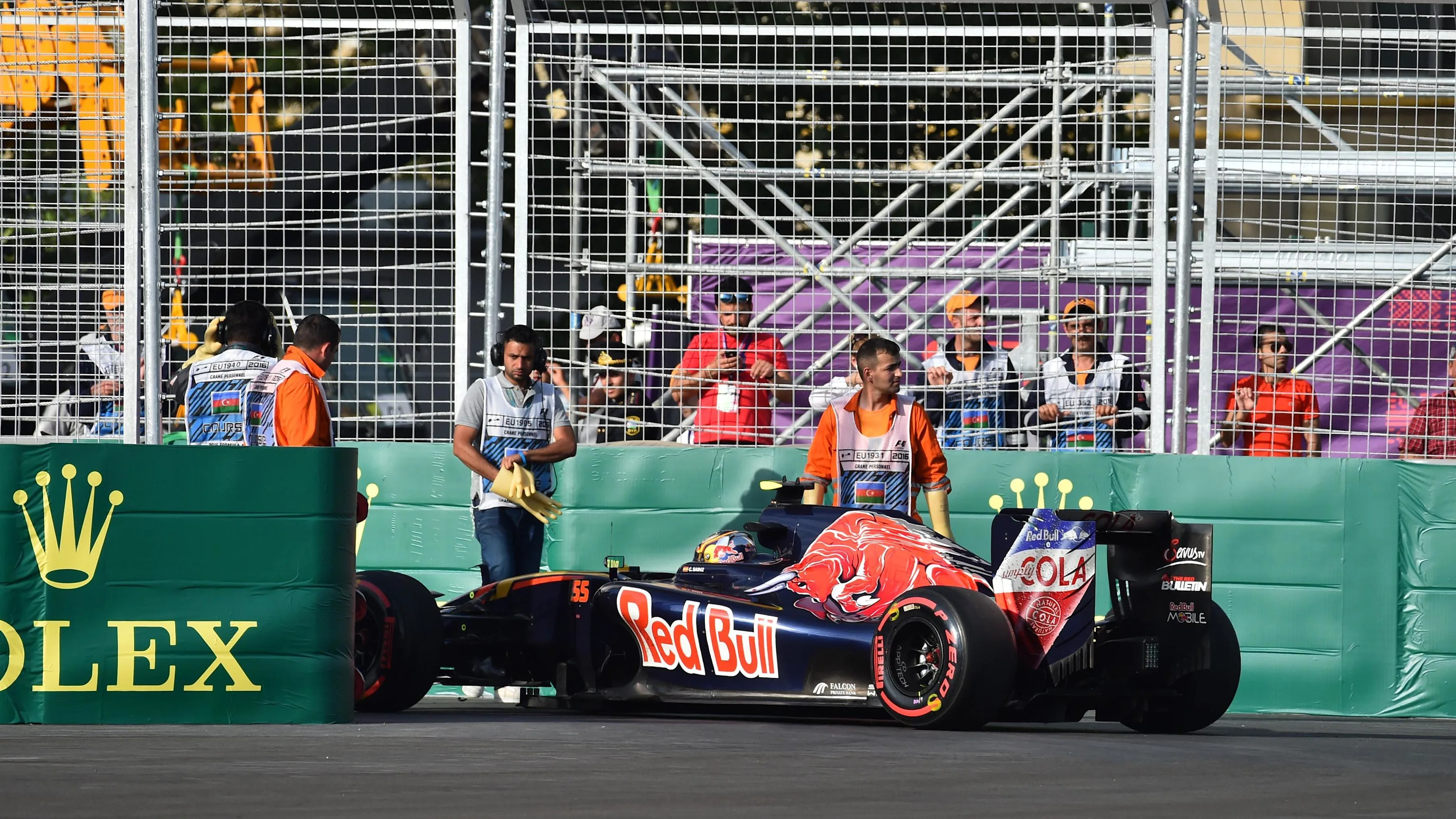
Next Up
Related Articles
.webp) VOTE: Choose your favourite race of the 2025 season
VOTE: Choose your favourite race of the 2025 season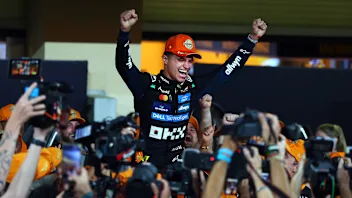 UnlockedQUIZ: 10 questions on the new World Champion Lando Norris
UnlockedQUIZ: 10 questions on the new World Champion Lando Norris ‘I have achieved my dream, that little boy's dream’ – Norris
‘I have achieved my dream, that little boy's dream’ – Norris Tsunoda's best moments in F1 as he departs the grid
Tsunoda's best moments in F1 as he departs the grid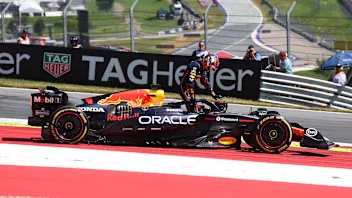 ‘I hated this car at times’ – Verstappen on his 2025 season
‘I hated this car at times’ – Verstappen on his 2025 season 3 inspiring individuals share their paths to working in F1
3 inspiring individuals share their paths to working in F1